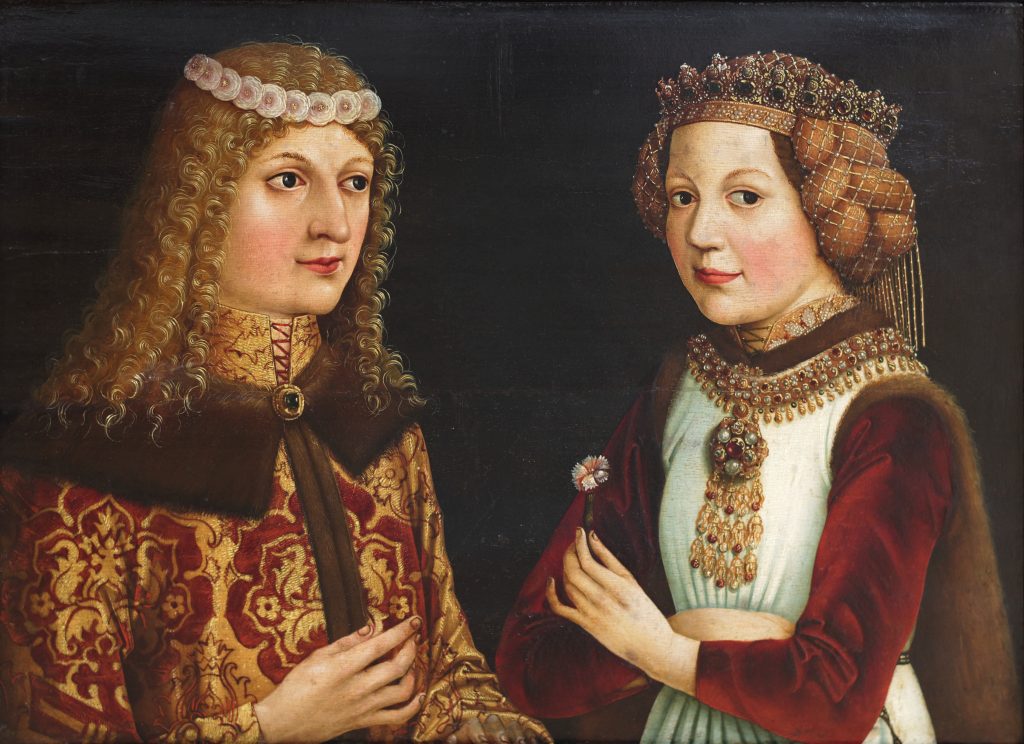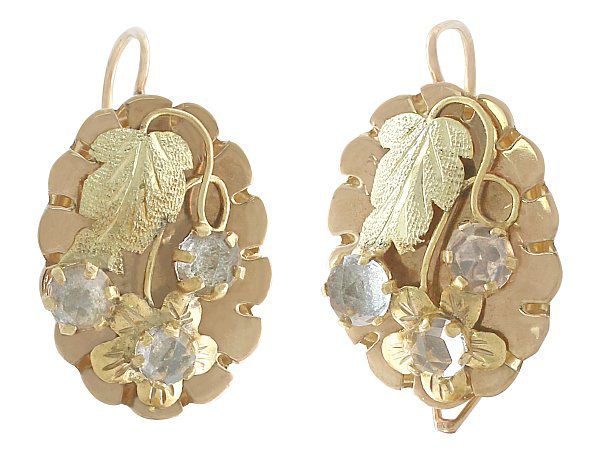In these modern times, a betrothal is typically marked with the presentation of an engagement ring (and hopefully an enthusiastic ‘I will!’). Contemporary rituals surrounding engagement have, perhaps thankfully, moved away from customs of the past. These included booby-traps, beating up the groom and…selling yourself into the slavery of your in-laws? (Yes, these things really happened! Here are some other wedding traditions). The modern man has rather an easy ride to the aisle in comparison to the grooms of lore. One tradition however, that we should be mourning, is the Frisian initiated custom of the ‘knottekistje’, or ‘wedding casket’.
In the 16th century, courting rites in the Dutch province of Friesland stated that if a boy were to really like a girl, and maybe even want to marry her, he would first have to present her with a coin.

The girl could either accept or reject this coin; acceptance would signify that the couple were formally engaged. However, the course of true love never did run smooth. Unfortunately for the men of Friesland some 16th century maidens insisted on playing hard to get. This is where the idea of the ‘knottekistje’ begins to come into effect. The man in question could offer more coins to tempt the lady into marriage, which would be wrapped in a cloth loosely tied with a special knot known as the ‘knottedoek’. If this offer was up to the girl’s standards, she would draw the knot tighter to indicate a positive response. This meant that she had accepted the offer and was now considered officially betrothed.
Knottedoek’s then, are loaded with sentimental value. However, they are also considered monetarily valuable. Increasing prosperity led to the humble cloth being replaced by a textile cloth, which was in turn replaced by a silver casket– the knottekistje (or wedding casket) that we speak of today. These caskets also served to act as a symbol of betrothal, albeit in a slightly more stylish way. A marriage casket is typically a rectangular or hexagonal shape, stood on balled feet and topped with a semicircular lid.
The engraving demonstrated on the caskets is incredibly delicate and often depicts symbolic scenes about love and marriage, or perhaps a proverb or adage. Whilst all are incredible, it is said that the most richly executed examples of the knottekistje come from Amsterdam. Marriage caskets are striking in that they take the plain, ‘pedestrian’ form of the object and contrast this with the artistic variety of their decoration (and the thought that is put into it).
Interestingly, Folkloric Frisian tradition states that that the ‘knottekistje’ would remain the property of the wife throughout the marriage- pretty forward thinking for the 16th century! The contents could also be kept aside as savings to see the couple through any rainy days. This custom is evidenced to have spread throughout Europe; unsurprising considering the gesture is both sentimental and celebratory. It is said that in Florence, a suitor would present his intended with a marriage casket full of jewels and a ring, once the two families had agreed on the terms of the marriage. I fully support bringing this tradition back!
So there you have it- the sentimental story behind the marriage casket. From its humble beginnings as a simple ‘knottedoek’ to the stunningly decorated silver evidenced in the images, the ‘knottekistje’ has retained a sense of romance and emotion that stands the test of time and makes it the perfect symbol of betrothal. Do you think it should make a comeback as an engagement custom? Never fear if all this romance isn’t for you- in the family of caskets, the freedom casket is equally as stunning, but a tad less soppy!






